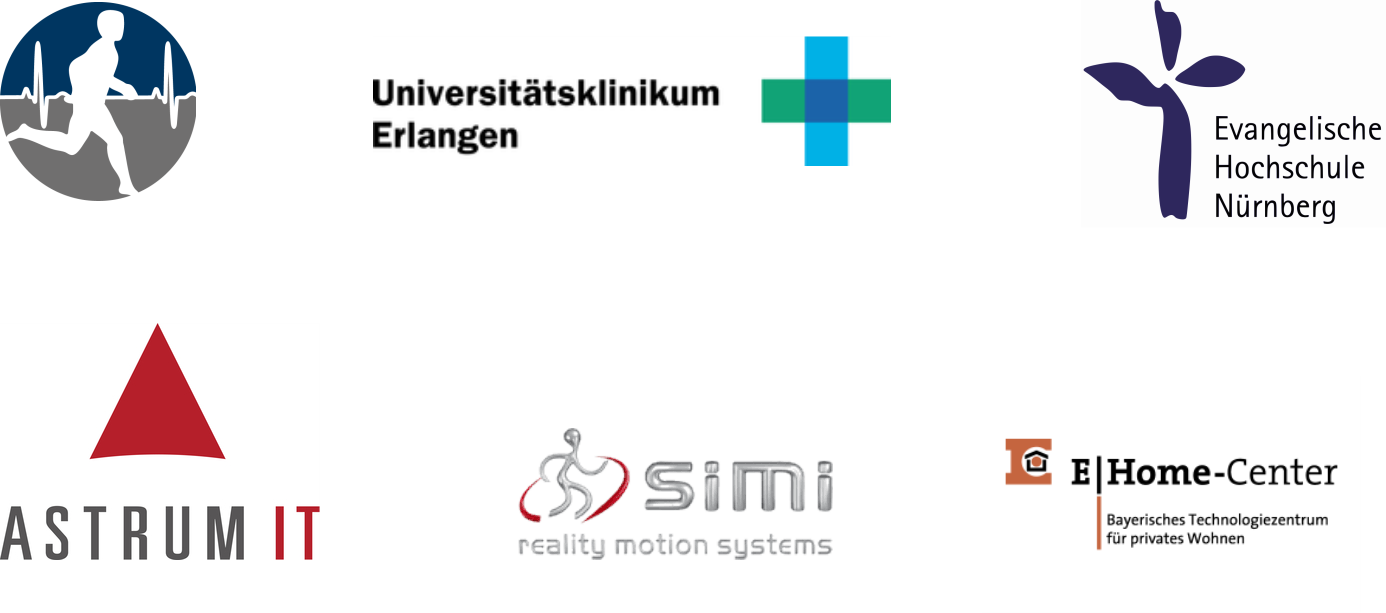Sensor-based Gait Analysis Validation Data (Kluge et al. 2017)
Study Design
The database constists of data from 15 subjects (eleven healthy subjects and four PD patients) that performed the 4×10 m straight walking tests. All subjects gave written informed consent. Details on the subject population is given in [1].
Instrumentation
Data was acquired using two Shimmer3 (Shimmer Research, Dublin, Ireland) sensors laterally attached to the shoes. Data from 3D accelerometer and gyroscope were transmitted to a mobile device. The reference system was a camera-based markerless motion capture (Simi, Unterschleißheim, Germany). Synchronization was assured at the beginning and end of the measurements and the data was aligned accordingly.
Citation
Please cite this publication when using the data set:
[1] Felix Kluge, Heiko Gaßner, Julius Hannink, Cristian Pasluosta, Jochen Klucken, Björn M Eskofier. Towards Mobile Gait Analysis: Concurrent Validity and Test-Retest Reliability of an Inertial Measurement System for the Assessment of Spatio-Temporal Gait Parameters, submitted.
Download
Download link currently not available, please contact the author
Validation_Data.zip
Acknowledgments
This study was supported by funding from the E|Home-Center of the Friedrich-Alexander University Erlangen-Nürnberg (FAU), Germany for the project MotionLab@Home (Bayerisches Staatsministerium für Wissenschaft, Forschung und Kunst) and from the Emerging Fields Initiative of the Friedrich-Alexander University Erlangen-Nürnberg (FAU) for the project EFIMoves (funding number: 2\_Med\_03). Bjoern Eskofier gratefully acknowledges the support of the German Research Foundation (DFG) within the framework of the Heisenberg professorship programme (grant number ES 434/8-1). The video tracking was performed with a rental system of the Simi Reality Motion Systems GmbH. We acknowledge support by Deutsche Forschungsgemeinschaft and Friedrich-Alexander-Universität Erlangen-Nürnberg (FAU) within the funding pogramme Open Access Publishing. The Fraunhofer IIS is gratefully acknowledged for rendering the use of their facilities at the University Hospital Erlangen possible.
Project partners

